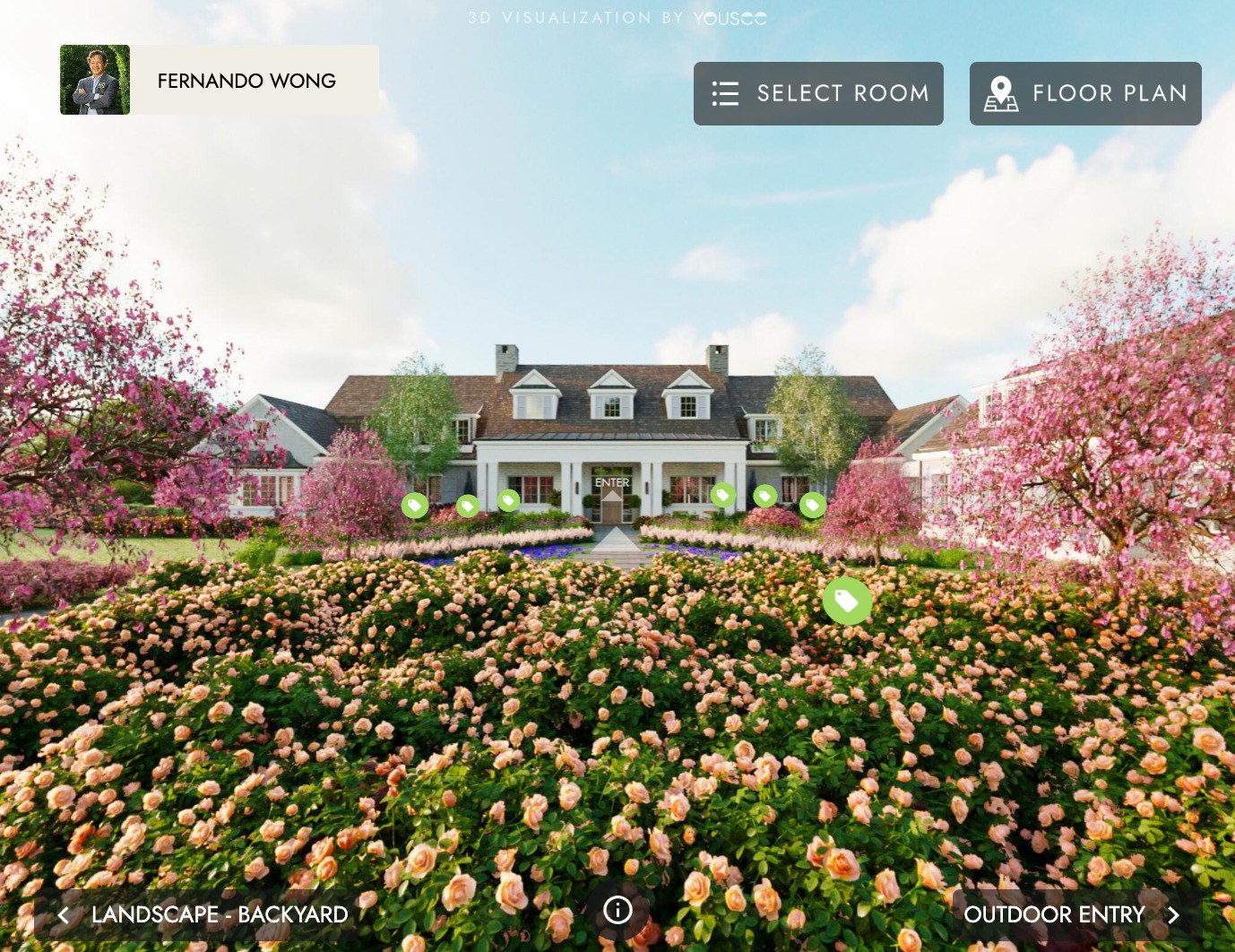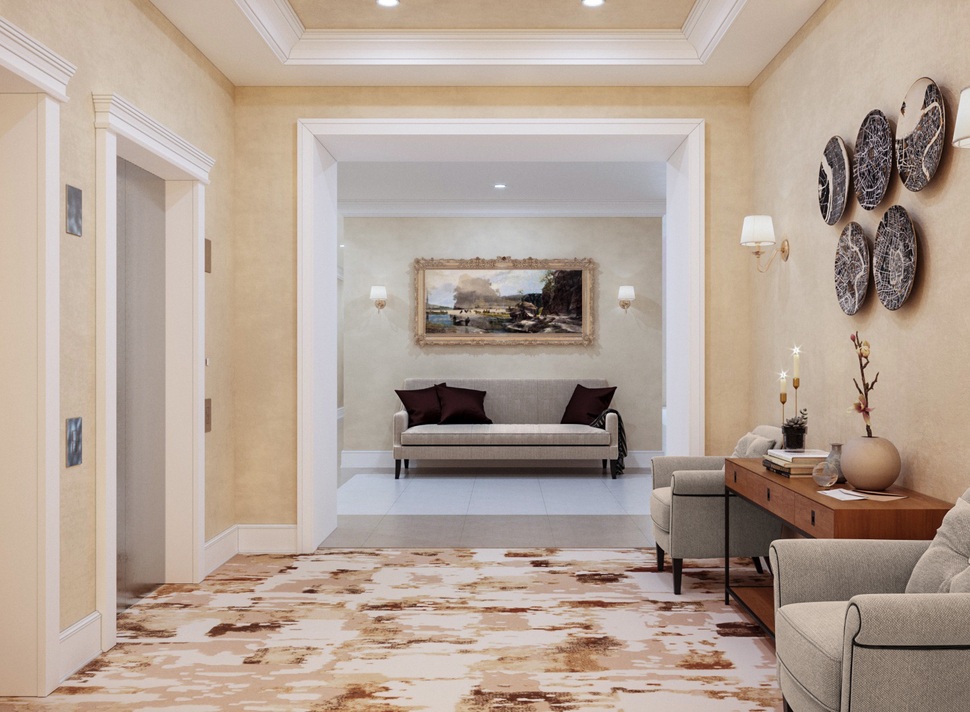360° Views: Revolutionizing Online Product Displays
Introduction to 360° Product Displays
Online shopping has undergone a remarkable evolution in recent years, driven by technological advancements and shifts in consumer behavior. A key innovation in this transformation has been the 360 product viewer for displaying items in e-commerce. This immersive visualization technique has moved beyond mere trends, revolutionizing how customers interact with products online.
Traditionally, online product presentation was limited to static images and, in some cases, videos. However, these methods often left customers craving a more interactive and detailed view of the products they were interested in. The advent of 360° views changed this landscape drastically. It allows shoppers to view a product from every angle, providing a virtual experience that closely mimics the in-store shopping experience. This comprehensive view helps bridge the sensory gap often experienced in online shopping.
360° views refer to the visual presentation where a product can be viewed from all angles - front, back, sides, and sometimes top and bottom. This is achieved through a series of photographs or a continuous shot as the product is rotated. The result is a seamless, interactive display that customers can control, allowing them to turn the item to see it from different perspectives. This level of interaction is crucial in attracting customers and giving them the confidence to make a purchase.
The adoption of 360° product views signifies a significant shift in online retail. It highlights an increasing focus on improving customer experience and engagement, a key factor for e-commerce success. As per a study by Adobe, interactive content, such as 360° views, leads to a higher engagement rate, with users spending 4.1 times more time interacting with it than with static content. This interaction enhances the user experience and significantly contributes to the buyer's decision-making process.
The Technology Behind 360° Views
Creating 360° views is a blend of art and technology. The process starts with capturing multiple images of the product from different angles. This can be achieved using a specialized 360° photography turntable and a high-resolution camera. The turntable rotates the product in increments, allowing the camera to capture images at set intervals. Alternatively, some setups involve the camera moving around a stationary product. These images are then stitched together using software to create a seamless, rotatable 360° view.
The technology behind these views has become increasingly sophisticated. Some setups now include automated lighting and camera controls, ensuring consistent image quality and reducing the time and effort needed for post-production editing. The resulting image file is typically in HTML5 or GIF format, making it compatible with most web platforms.
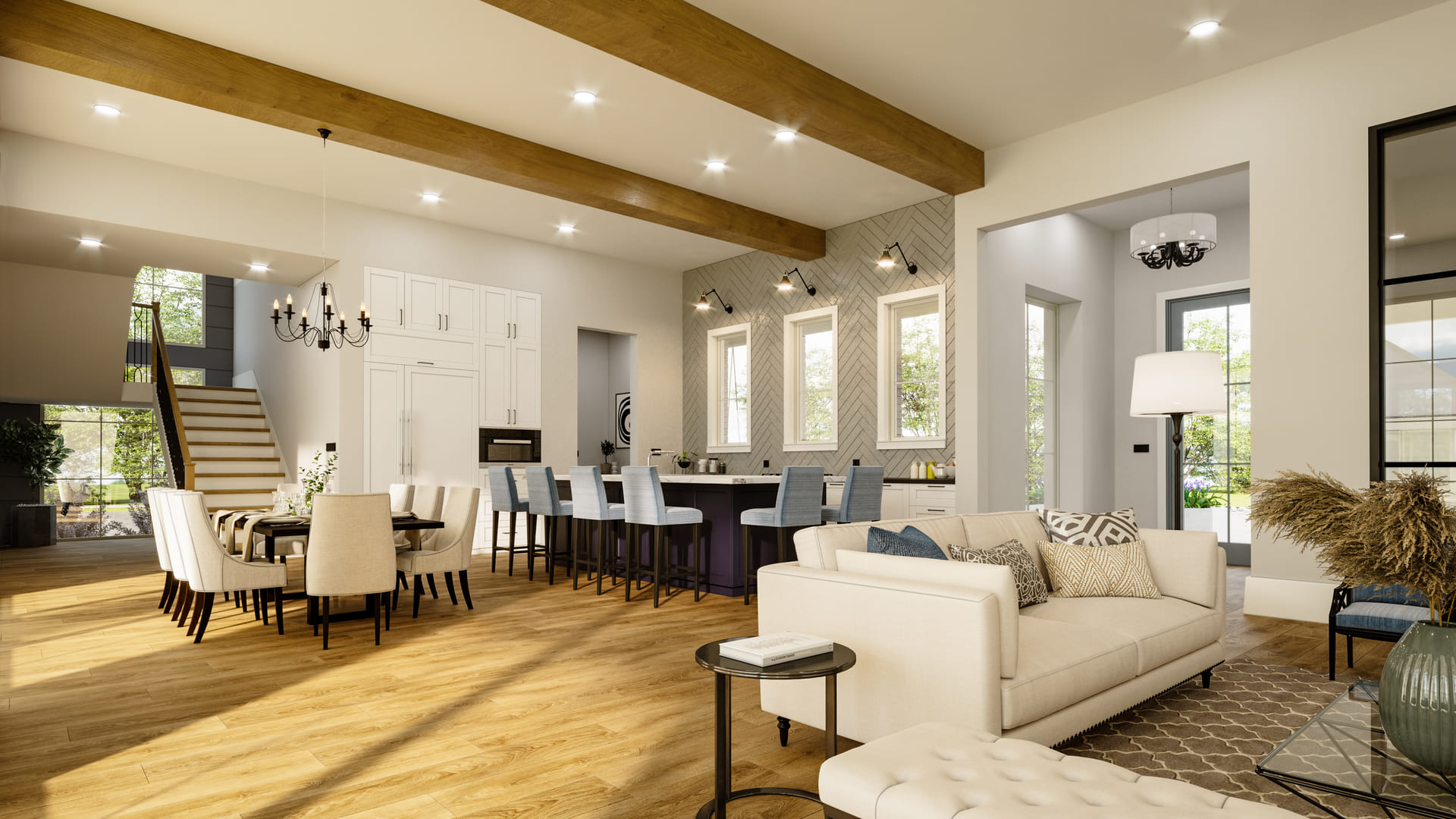
Image from Yousee Studio
Integrating these 360° views into e-commerce platforms is the next critical step. This involves uploading the image and ensuring it is displayed correctly and interactively on the website. Most e-commerce platforms now support 360° views, but the integration often requires technical expertise. The goal is to ensure the interactive view loads quickly, functions smoothly, and is compatible across various devices, including smartphones and tablets.
The cost of setting up 360° photography can vary greatly. For small businesses, DIY setups can range from a few hundred to a couple of thousand dollars, involving a basic turntable, camera, and software. However, for more extensive operations or higher quality demands, professional setups can cost $10,000. The return on investment (ROI) can be significant despite the initial investment. According to a study by Internet Retailer, products with a 360° view have increased conversion rates by as much as 47% compared to those with standard images.
This investment in technology underscores a broader trend in e-commerce: the growing importance of visual content. As reported by HubSpot, 73% of consumers are more likely to purchase a product after watching a video that explains it. This trend elevates the role of 360° views from a novelty to a necessity in the competitive world of online retail.
Benefits of Using 360° Views in E-commerce
Integrating 360° views into online product displays offers myriad benefits, significantly enhancing the e-commerce experience for both businesses and customers. A key advantage is the ability to replicate the in-store experience virtually, a crucial factor in today’s digital-first shopping environment.
Enhancing Customer Engagement
One of the primary benefits of 360° product views is the remarkable improvement in customer engagement. Interactive content like 360° views captivates users, keeping them on the product page longer. According to a study by Orbitvu, a company specializing in 360° product photography solutions, 360° images can increase time spent on a product page by up to 30%. This extended engagement is crucial in an online landscape where the average user spends less than 15 seconds on a website.
The immersive nature of 360° views also fosters a deeper connection between the customer and the product. By allowing customers to explore products in detail, businesses can create a sense of ownership and familiarity, pivotal in the customer’s journey from consideration to purchase.
Improving Conversion Rates
The impact of 360° views on conversion rates is significant. According to a case study by Adobe, products with interactive 360° views have a higher conversion rate than those with static images. In some instances, conversion rates have increased by up to 40%. This uptick in conversions can be attributed to the enhanced confidence that customers gain from examining products more thoroughly.
Case Studies: Success Stories in Various Industries
360° views have been successfully implemented across various industries, demonstrating their versatility and effectiveness in enhancing online shopping experiences.
Electronics and Gadgets
The electronics sector, characterized by feature-rich products, has greatly benefited from 360° product views. Best Buy, a multinational electronics retailer, uses 360° views to showcase products like smartphones, laptops, and home appliances. This technology lets customers thoroughly examine product features, ports, and accessories, leading to more informed purchasing decisions. The detailed view also aids in highlighting the unique selling points of each gadget, further boosting sales.
Furniture and Home Decor
In the furniture and home decor sector, where the visualization of products in a living space is crucial, 360° views have been revolutionary. IKEA, the renowned furniture retailer, has successfully incorporated 360° views into its online store. This enables customers to understand better the products' dimensions, design, and texture, reducing the anxiety associated with large-item purchases online. IKEA's adoption of this technology has enhanced customer satisfaction and positioned the brand as an innovator in digital retail.
These case studies exemplify the broad applicability and effectiveness of 360° views in e-commerce. By providing customers with an immersive and interactive shopping experience, businesses across various sectors have witnessed significant improvements in engagement, conversions, and customer satisfaction.
The consistent success stories across different industries highlight the universal appeal and effectiveness of 360° views in e-commerce. Whether it's allowing a customer to inspect the fine details of a fashion accessory, explore the features of an electronic gadget, or visualize how a piece of furniture would fit in their living space, 360° views have proven to be an invaluable tool in bridging the gap between online shopping and the physical retail experience.
Challenges and Considerations
While 360° views offer significant advantages, they also present unique challenges and considerations for businesses looking to implement this technology. Understanding and addressing these challenges is crucial for successfully integrating 360° views in e-commerce.
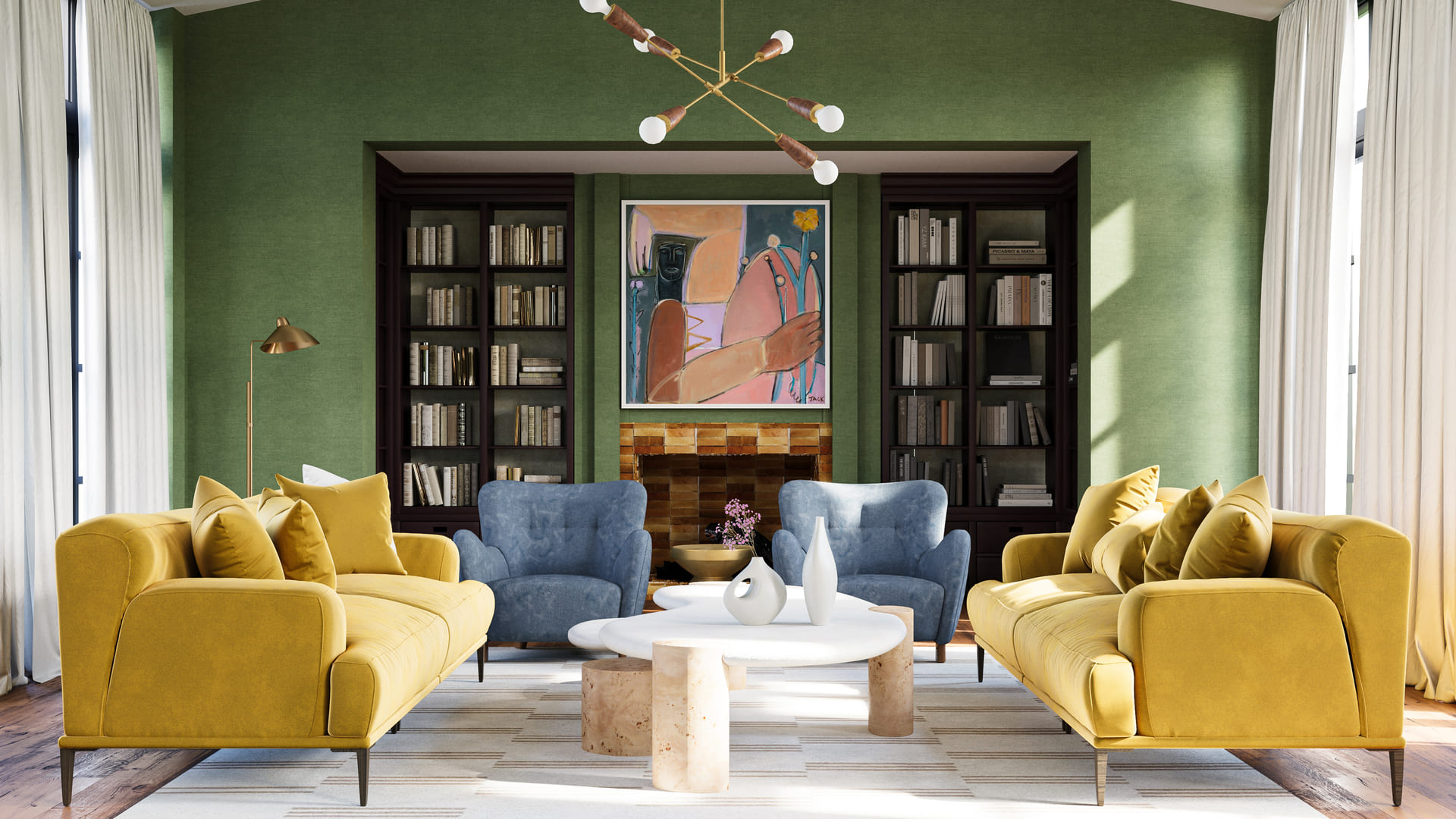
Image from Yousee Studio
Technical Challenges and Solutions
The creation and integration of 360° views involve technical complexities. Firstly, capturing high-quality 360° images requires specialized equipment, such as turntables and panoramic cameras, which can be a substantial investment. For example, depending on its features and capabilities, a professional-grade 360° photography turntable can cost between $1,500 and $5,000. Additionally, high-resolution cameras and advanced lighting setups add to the cost.
The second technical challenge lies in seamlessly integrating these views into an online store. The 360° images or videos must be compatible with various web browsers and mobile devices to ensure a consistent user experience. This compatibility often requires regular updates and maintenance, adding to the operational costs.
One solution to these challenges is outsourcing 360° photography to specialized companies. Services like Snap36 or Orbitvu offer comprehensive 360° imaging solutions, including equipment rental and image processing. While outsourcing can reduce the initial investment and technical burden, it involves ongoing costs, which typically range from $50 to $150 per product, depending on the complexity of the images.
Cost-Benefit Analysis for Businesses
Businesses must conduct a thorough cost-benefit analysis before implementing 360° views. The initial investment in equipment and software, or the cost of outsourcing, should be weighed against the potential increase in sales and reduction in return rates.
For instance, a medium-sized e-commerce business investing in an in-house 360° photography setup may spend around $10,000 initially. If this investment leads to a 30% increase in engagement and a 20% increase in conversion rates, as suggested by industry studies, the ROI can be significant. However, the business must also consider ongoing costs such as maintenance, software updates, and potential training for staff.
Small businesses or startups with limited budgets might find the high initial costs prohibitive. In such cases, exploring budget-friendly 360° photography kits or considering pay-per-product outsourcing options could be viable alternatives.
The Future of 360° Views in Online Shopping
The Future of 360° views in online shopping is bright, with emerging trends and innovations poised to enhance this technology further.
Emerging Trends and Innovations
One of the most exciting developments in 360° views is integrating augmented reality (AR) and virtual reality (VR). These technologies can take the 360° viewing experience to a new level, allowing customers to visualize products in a virtual environment or even their homes. For instance, IKEA's AR app, IKEA Place, will enable customers to see how furniture would look and fit in their space before purchasing. This integration enhances the customer experience and significantly reduces the likelihood of returns.
Another trend is using artificial intelligence (AI) to optimize 360° views. AI algorithms can analyze user interactions with 360° views to provide insights into customer preferences and behaviors. This data can be invaluable in tailoring the online shopping experience to individual users, further boosting engagement and conversions.
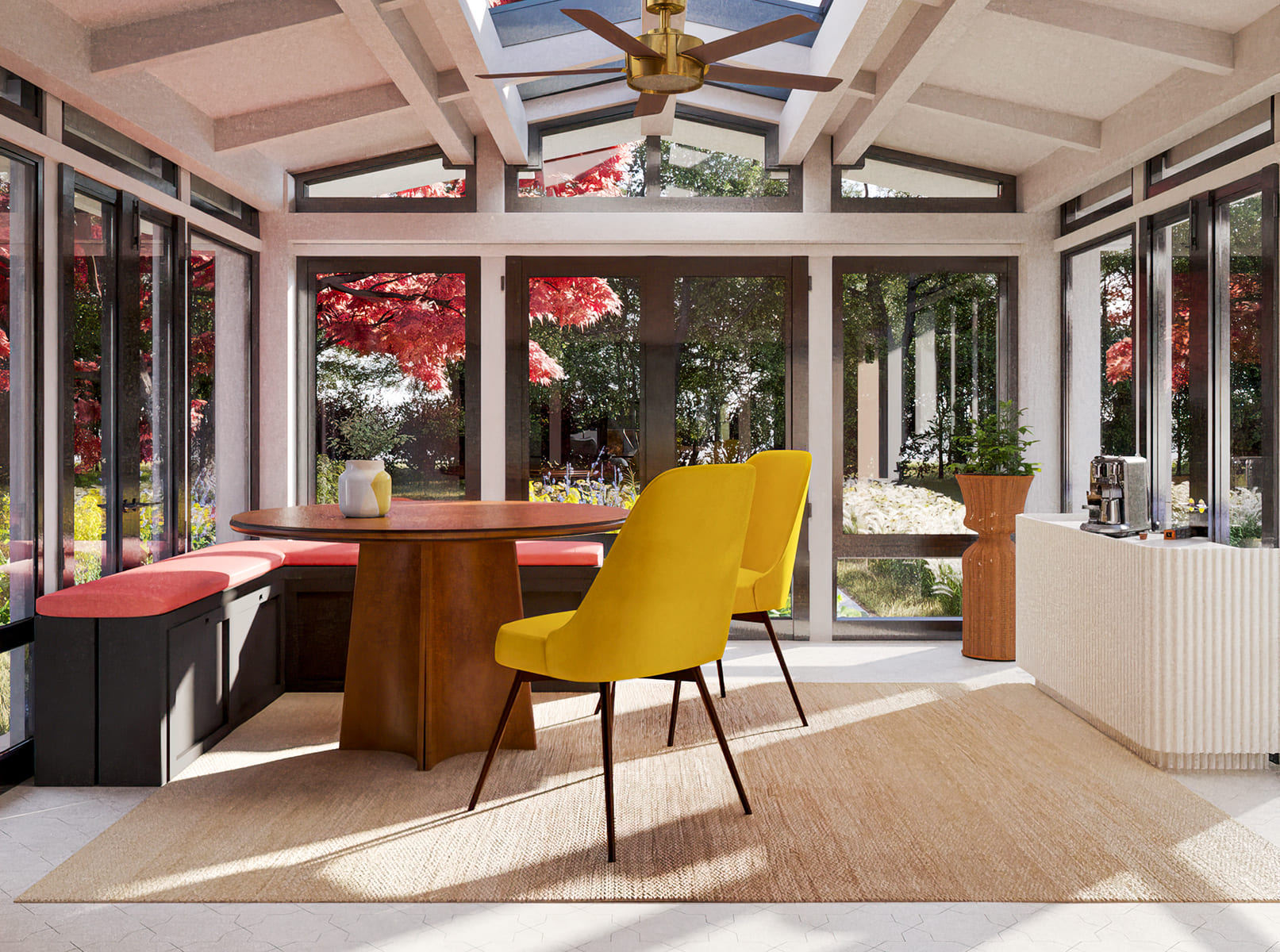
Image from Yousee Studio
Predictions for the Next Decade
Looking ahead, 360° views are expected to become a standard feature in online retail. As technology becomes more affordable and accessible, even small and medium-sized businesses can leverage this tool to compete with more prominent players.
Integrating 360° views with other emerging technologies like 5G, which offers faster and more reliable internet speeds, will enhance the smoothness and quality of online interactions. This advancement could make more sophisticated and high-resolution 360° views accessible even on mobile devices.
Contact us at YouSee Studio for captivating 3D renderings and immersive virtual experiences.
Karen Spacey is a content writer and the author of this article.

